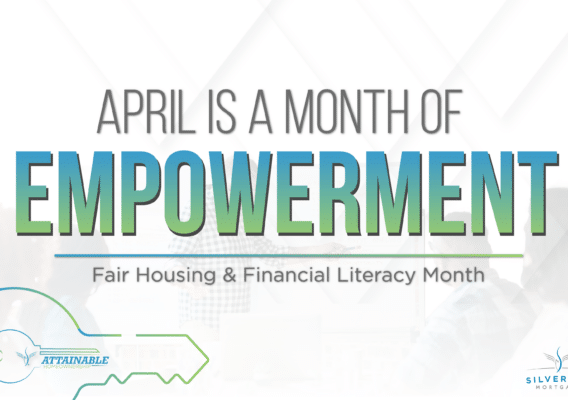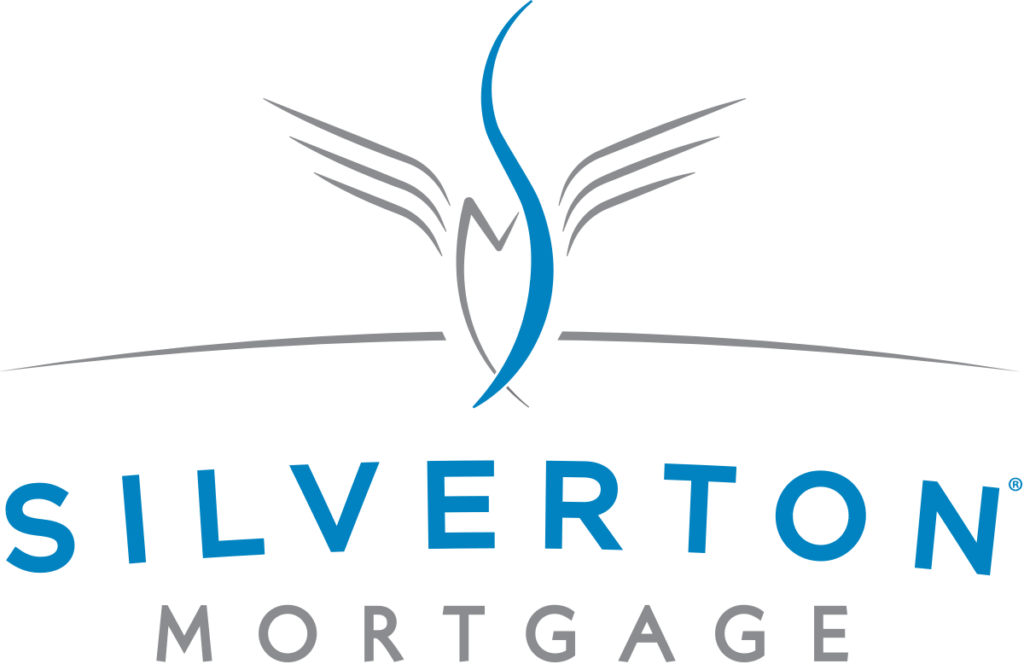This month we celebrate all things homeownership and how the ability to purchase a home continues to enrich families and communities across the nation. For hundreds of years, the American dream has consisted of owning a home. From Abraham Lincoln’s signing of the Homestead Act in 1862, which handed 160-acre plots of land to settlers for the price of a small filing fee to the Fair Housing Act that passed in 1968 that prohibits housing discrimination based on race, color, religion, sex, disability, familial status, or national origin, our government has recognized the importance of fostering homeownership for everyone. This year is a bit different compared to years before, but it’s important to remember that even amidst COVID-19 homeownership isn’t dead, it’s just different.
The Benefits of Owning Your Own Home
Compared to renting, owning your home may offer more stability with a set payment that doesn’t change unexpectedly. This means that you can stop chasing lower rent year after year. Instead, you could be building equity in a few different ways. One is that the value of your home may increase over time. The other happens each time you make a mortgage payment, as each payment typically decreases the principal balance. These two features can increase the difference between the value of your home and the amount that is still owed, meaning more equity for you.
You could also get some tax breaks for owning a home. Perhaps the most notable, if you itemize, is the deduction you could receive for the interest and property taxes you will pay. If you decide to refinance your home later, then you might have the choice to take out a home equity line of credit, and the interest may also be tax-deductible. Finally, if you decide to sell your home, and if the transaction qualifies, there’s a chance that you won’t have to pay taxes on some of the profit that you make. Something else to consider is that making on-time payments of your monthly mortgage can improve your overall creditworthiness. You should always consult a tax adviser for information regarding the deductibility of mortgage interest and charges as well as other tax advice.
Aside from economic reasons, homeownership evokes a sense of pride in both self and community. Oftentimes, you have the freedom to make changes to your property how you see fit. You’re also invested in your neighborhood and community on a more personal level. In fact, a 2016 study revealed that homeownership has a positive impact on children’s educational achievement, promotes civil engagement, contributes to improved physical and psychological health, and reduces crime.
The Mortgage Process
Perhaps the scariest part of becoming a homeowner is simply getting started. It’s easy for any one’s head to start spinning once they look at everything involved with finalizing a home loan and it’s completely understandable. However, knowing how the mortgage process works and being prepared is key to a successful transaction.
We’ve broken it down for you in six easy steps:
Step One: Pre-Approval
This is where a lender determines whether or not you’re qualified to borrow money based on your credit history, employment history, verified income, and debt obligations. Once pre-approved, you’ll get a letter stating that you can indeed afford a home loan up to a certain value.
Step Two: Submit Initial Documents
After the pre-approval process, you’ll have to determine the type of mortgage loan that is appropriate for you and submit several documents that are needed to verify your financial situation, such as your income, to prove that you’re able to afford the loan. Here is a link to a list of documents that you can typically be expected to provide.
Step Three: Processing
Once initial documents are submitted, an experienced processor reviews, packages, and monitors your loan request. They also contact credit bureaus, employers, accountants, and anyone else needed to verify your information.
Step Four: Underwriting
Once the processor has gathered all the supporting documentation, your loan is sent to the underwriter. It’s the underwriter’s job to review it and assess a lender’s risk in extending credit. If they determine that all of the necessary qualifications have been met, then they’ll issue a mortgage commitment.
Step Five: Pre-Closing
Once your loan has been underwritten, it’s time to finalize all the details of your loan with the lender and get everything in place for closing day. This includes conducting a walkthrough of the property and securing homeowners’ insurance set to go into effect the day you move in. The lender is also required to send you a Closing Disclosure at least three days prior to closing that details the actual terms of the transaction.
Step Six: Closing
This is the final step to becoming a homeowner. At this time, you’ll sign all necessary paperwork with the closing agent. You’ll also need to bring an unexpired photo ID. When it’s all said and done, you’ll get the keys to your home!
Homeownership Today
The home buying process has certainly changed amid the COVID-19 pandemic, but the industry has found innovative ways to keep the process running smoothly. Thanks to technology, virtual open houses have become more common across the country. For those who need to physically view a property, widespread social distancing policies have been implemented to ensure everyone’s safety.
While an appraisal is still required to obtain a mortgage, desktop appraisals are increasingly taking the place of traditional ones for the time being. This method consists of a certified real estate appraiser using information such as tax records found via public records along with evaluating comparable sales in the area. The research gathered is then used to assess the value of the property. Another option is a drive-by or exterior appraisal. This involves looking at the outside of the home and combining those findings with real estate records to determine the value. During an exterior-only appraisal, pictures are taken to verify that the home exists. From there, the remainder of the appraisal is like a desktop appraisal in that research is conducted to gather the additional information required. Be sure to talk to your lender to determine what options can be utilized to complete the appraisal.
While a home inspection isn’t usually required, it’s recommended, and remote inspections are now an option for many. During a remote inspection, houses are combed over by the inspector alone who then reviews their findings with the buyer via videoconference. Pictures and videos are taken of any issues or concerns. They are then emailed to the client and discussed in length. This is a great alternative to the traditional method. Find a licensed home inspector whom you trust and do not be afraid to ask questions.
E-closings are also becoming more popular as we look for ways to limit physical interaction during this time. An e-closing consists of one or more documents being signed electronically. While this may not eliminate the need to be present at the closing table altogether, it can drastically cut down on the actual paper needed at closing.
You’ve Got Options
Most people think that you must have a 20% down payment to own your own home, but this is not the case. There are numerous loan programs and down payment assistance options designed especially for those who need a little extra help with financing. In addition to grants and loans that can be accessed via your local or state housing authority, you can also contact a lender to see what programs they offer that you may qualify for.
Here are just some common programs that Silverton Mortgage offers:
FHA*
FHA loans can be a good option for low-to-moderate income borrowers with a credit score on the lower end. Insured by the Federal Housing Administration and issued by an FHA-approved lender, such as Silverton Mortgage, this program has helped many people become homeowners throughout the years.
Conventional
This loan is not insured or guaranteed by the government but can sometimes require low down payments. A higher credit score of 620 or more is required. While monthly mortgage insurance payments are required, it can be canceled once your loan-to-value ratio reaches 80% using the original value of your home. This is the most popular loan option for most borrowers without a large down payment.
VA*
VA loans are designed specifically to help service members, veterans, and eligible spouses become homeowners. What makes this loan different from many others is its competitive interest rates without requiring a down payment along with no required mortgage insurance. VA loans are made by lenders, and part of the loan amount is guaranteed by the Department of Veterans Affairs. Silverton Mortgage is proud to support our veterans by offering VA loans to those who qualify.
USDA*
USDA loans offer a zero-down-payment mortgage option for those who are looking to live in approved rural areas of the country. If you’re unable to get approved for a conventional loan due to income or credit and would rather see tree lines over skylines, this may be the perfect avenue to homeownership. If your credit score is 650 or higher, the process is very streamlined. However, if that is not the case, stricter underwriting standards may apply.
HomeReady®
This program, offered by Fannie Mae®, helps low to moderate-income borrowers buy or refinance a home. With reduced down payments and lower credit score requirements.
What It All Means for You
Homeownership certainly is not for everyone, but those who are ready for it have plenty of resources available to them. The mortgage industry has recognized the need to adapt to current events and has found effective ways to keep the path clear for those who desire and qualify to own their own home. At Silverton Mortgage, we understand that home loans are as diverse as the people who seek them. That’s why we work with everyone on an individual basis to determine which program works best for their unique needs. If you’re interested in exploring your options, contact one of our qualified mortgage professionals today and start a conversation.
You Might Also Like

Navigating the Mortgage Maze: The Mortgage Process Simplified

April: The Month of Empowerment

